What is renewable energy? Pros and cons of renewable energy
- 05-01-2022 11:20:11
- 30
What is the current status of renewable energy in Vietnam?
What is renewable energy and what energy sources are included is probably the question of many people. To deeply understand this issue as well as understand the great benefits that renewable energy brings to our lives, please follow the article below with our Intech Energy.
Renewable energy, commonly known as clean energy, is a natural source of energy that is continuously replenished, reused indefinitely, and is a very large source of energy that cannot be exhausted. For example, sunlight or wind are renewable energy sources, they are available and produced continuously, bringing many practical application benefits.
Although renewable energy is still a new concept, a new topic, it is a promising energy source in the future. Renewable energy is gradually expanding rapidly in both large and small scale serving each individual.
Renewable energy is a clean and cheap source of energy, but over the years we do not know how to take advantage of it, but instead use an "unclean" energy source that can even be called "dirty" and cannot be renewable. coal, gas, oil.
What types of renewable energy are there?
Solar
People have known how to use solar energy for thousands of years for heating and farming. Today, we also use sunlight in many ways such as heating water, generating electricity to power electrical equipment and provide the main source for human use. Solar energy includes solar electricity and solar heat.
Solar panels (also known as photovoltaic panels), are made from silicon or other materials that convert sunlight directly into electricity. Distributed solar systems generate electricity locally for homes and businesses, through rooftop panels or community projects that power entire neighborhoods.
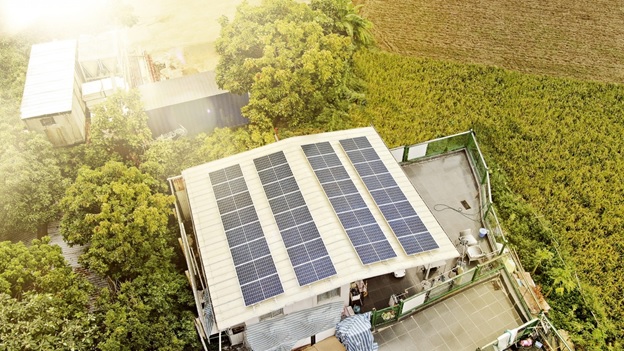
In today's life, there are also many solar-powered products that save electricity and are good for the environment such as LED solar lights, solar backpacks, rechargeable suitcases. solar energy, whether solar energy…
Wind energy
The movement of the atmosphere is driven by the difference in temperature at the Earth's surface, because the amount of electricity radiated by the sun to the earth changes continuously. Wind energy can be used to pump water or generate electricity, but the technology requires a very large amount of space to generate significant amounts of energy.
This is a popular renewable energy source in the world and has potential for development in Vietnam. Vietnam has a coastline of more than 3000km, so the use of wind energy is very convenient and brings many economic benefits.
Wind energy is exploited by humans from wind turbines and it can be used to provide electricity like solar energy by rotating turbine blades, converting wind energy into mechanical energy. learn and eventually convert to electricity.
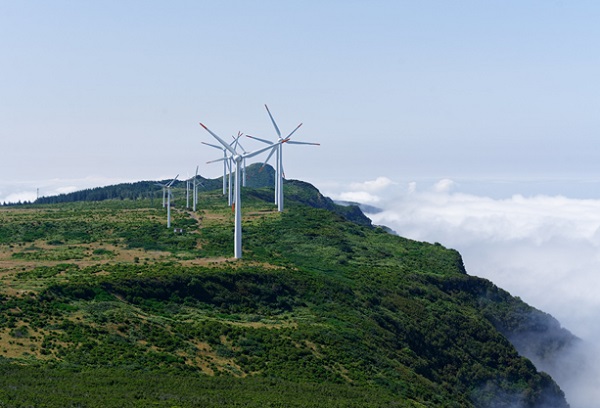
Đây là nguồn năng lượng tái tạo được ưa chuộng trên thế giới và có tiềm năng phát triển tại Việt Nam. Việt Nam có đường bờ biển dài hơn 3000km nên việc tận dụng năng lượng gió rất thuận lợi và đem lại nhiều lợi ích kinh tế.
Hydroelectric
It is the leading source of renewable energy in most countries, with very large-scale hydroelectric power plants. Hydroelectricity relies on water – usually fast-moving water in rivers or waterfalls, using the power of water to set up turbines and generators.
However, there are many hydropower plants that are not called renewable energy sources because these dams divert and reduce natural flows, affecting the animal and human populations that live nearby. Small hydropower plants will be more carefully managed and do not tend to have an impact on the environment.

Biomass energy
Biomass is organic material derived from animals and includes plants, trees, and plant residues. When biomass is burned, energy is released as heat and electricity can be generated by a steam turbine.
Recently, science has suggested that many forms of biomass – especially from forests, generate high levels of CO2 and have negative consequences for biodiversity. Therefore, biomass is gradually not being considered as a clean energy source anymore.
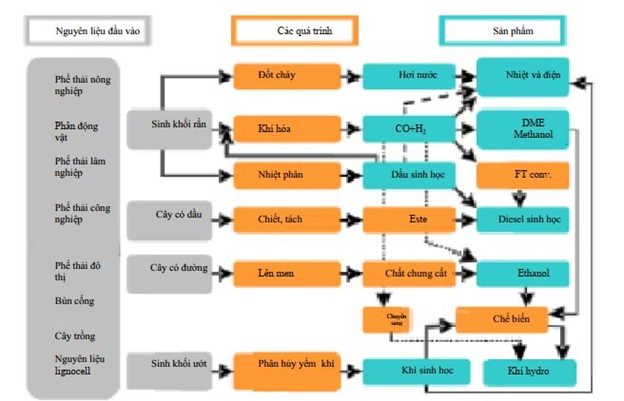
Hydrogen fuel and hydrogen fuel cells
This is the type of energy that in recent years has become known as steam-powered cars. The application of hydrogen-burning fuel can significantly reduce pollution in the city. Hydrogen is also used in hydrogen fuel cells, similar to batteries that store electricity to power electric motors. Today, there are several promising methods for hydrogen production such as solar power, we can hope for a more positive picture in the future.
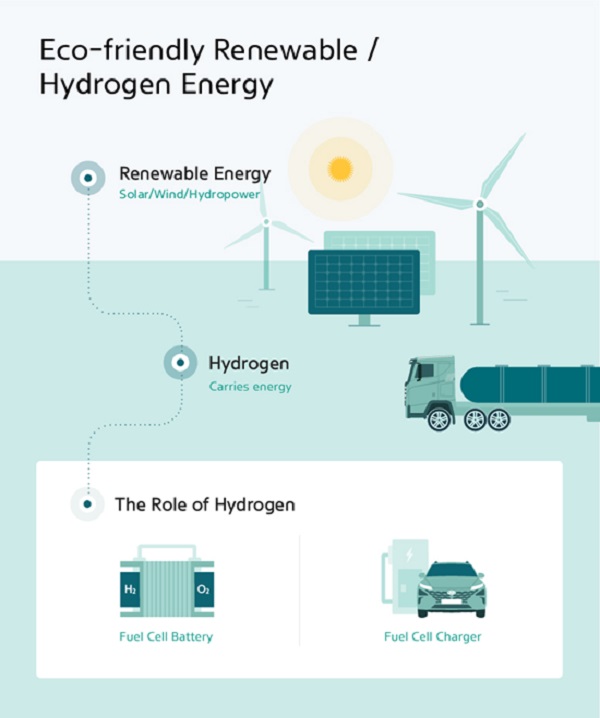
Geothermal energy
Is energy extracted from the heat in the center of the Earth. In certain areas, the geothermal gradient will be high enough to be able to mine and generate electricity. The technology to harness this energy is limited by some parts of the world as well as many technical problems that limit its utility.
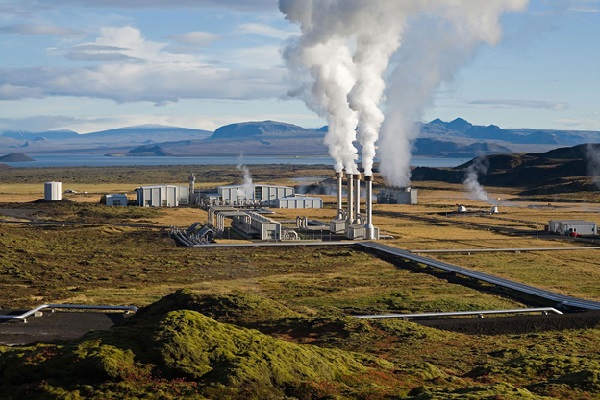
Other forms of renewable energy
Tidal energy, oceans, and hot hydrogen fusion are other forms that can be used to generate electricity. These forms of energy have disadvantages that are still being discussed by scientists to address in the coming energy crisis.
Advantages and disadvantages of renewable energy
- Renewable energy is a clean, environmentally friendly, low-polluting energy source. Many applications from this energy source are very useful, helping to save electricity for households, factories, and factories.
- It is a great source of energy that is not afraid of running out, can be used for many different needs, and locations.
- Because it is a natural energy source, fuel and maintenance costs are low, as well as durability many times higher.
The minus point of renewable energy is that the initial investment cost is often high, the performance may be affected by weather and natural factors. Renewable energy is difficult to produce large amounts of electricity.
What is the current status of renewable energy in Vietnam?
Considering that renewable energy is a clean energy source that minimizes the greenhouse effect and does not cause pollution during the transition. Therefore, according to the Ministry of Industry and Trade, by 2030, set targets and orientations for the development of renewable energy. With a total of 2,500 hours of sunshine per year, it is a good condition for the development of solar energy technology. Vietnam has implemented many solar energy projects concentrated in the central and southern provinces, bringing many benefits to the government and the community.
With a coastline of 3,200km and an annual wind speed of 6m/s in the East Sea in Vietnam, wind energy development in Vietnam has great prospects. However, wind power development is making slow progress and is caused by too many barriers and difficulties in terms of legal, technical, funding and human resources.
News other
-

How many types of solar inverters are there?
10-01-2022 17:15:06 Details
-
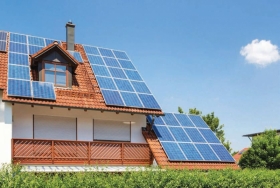
Install a solar battery system properly
10-01-2022 16:25:02 Details
-
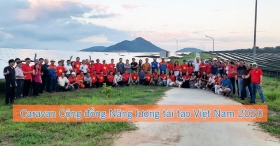
The Vietnam Renewable Energy Community organizes a Caravan journey towards the Central region
10-01-2022 09:12:28 Details
-
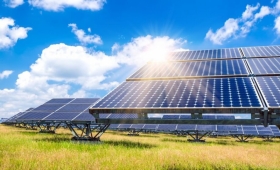
Solar panel system rotates in the direction of the sun – Up to 30% higher efficiency
10-01-2022 09:11:15 Details
-
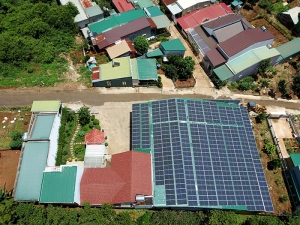
Why is solar power in the Central Highlands extremely ”hot” in 2020?
10-01-2022 09:04:02 Details
-
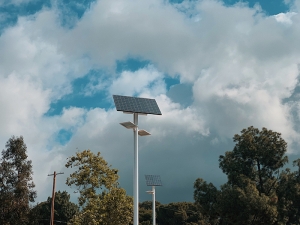
What are solar lights?
10-01-2022 09:01:07 Details


